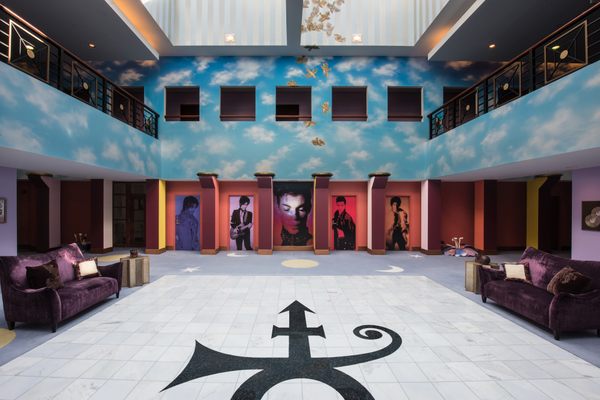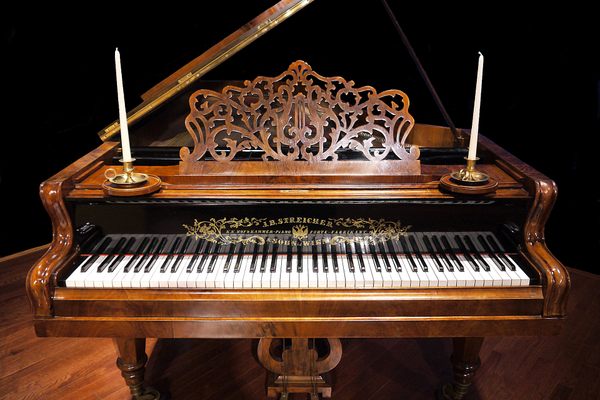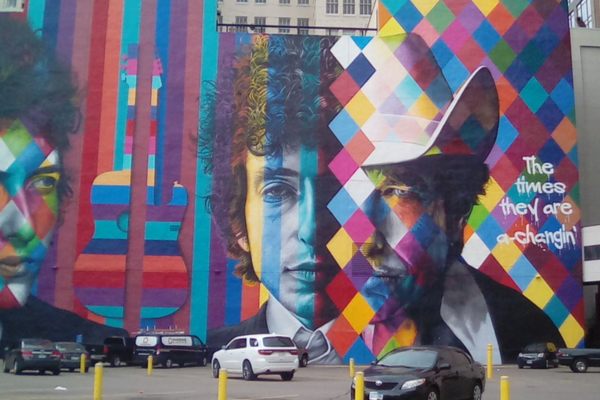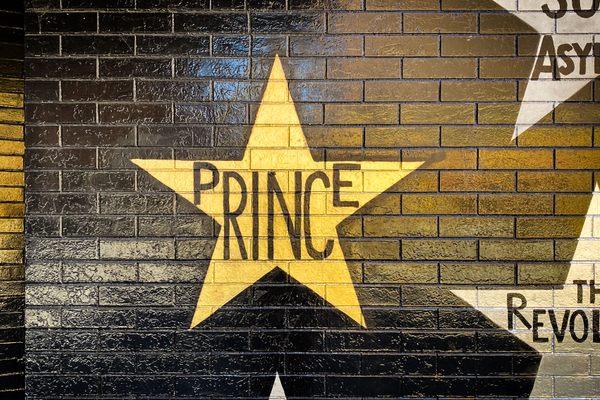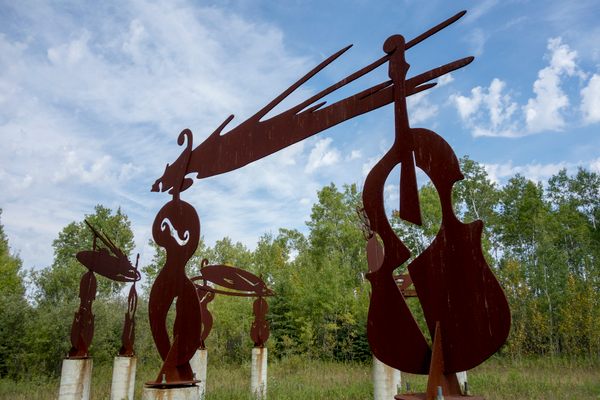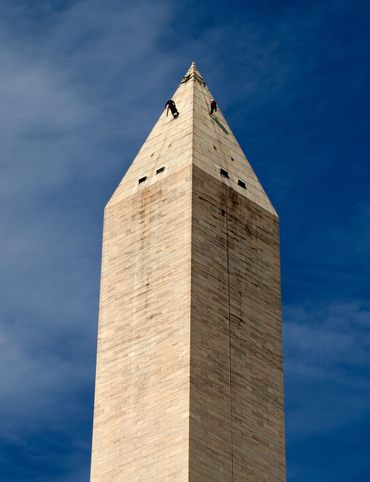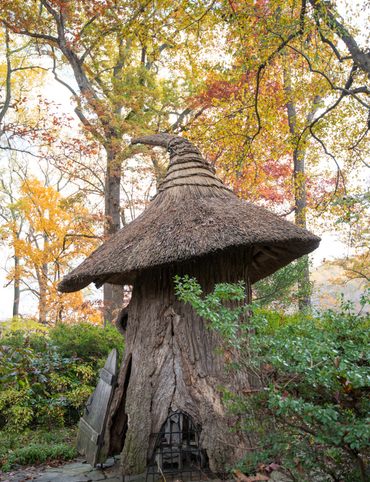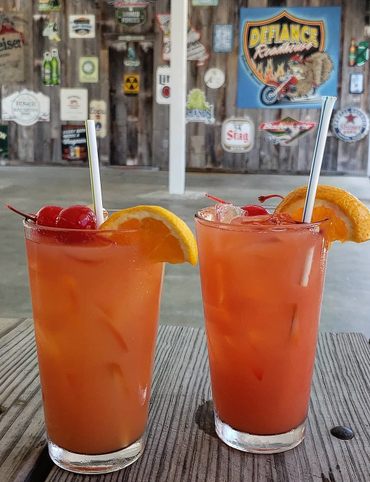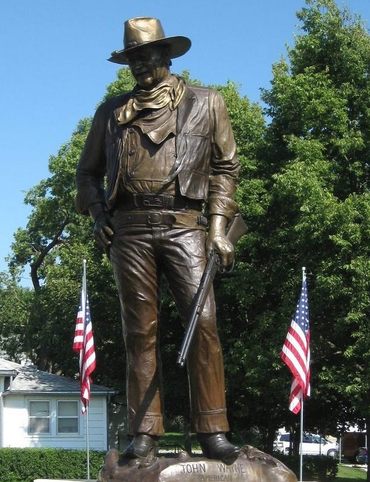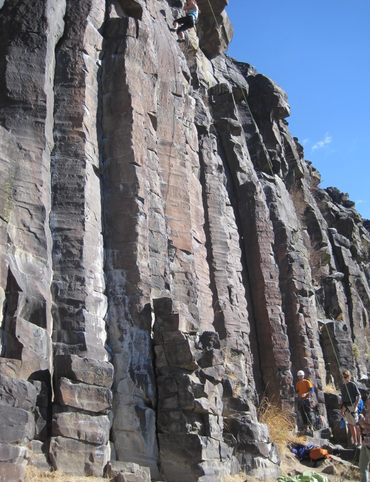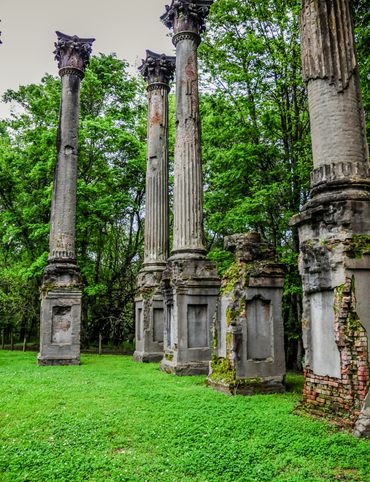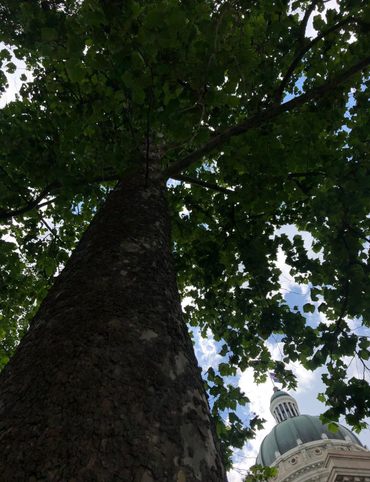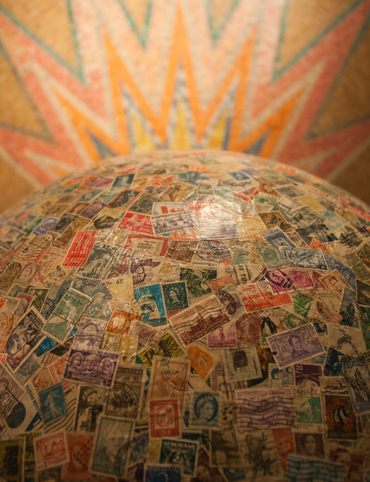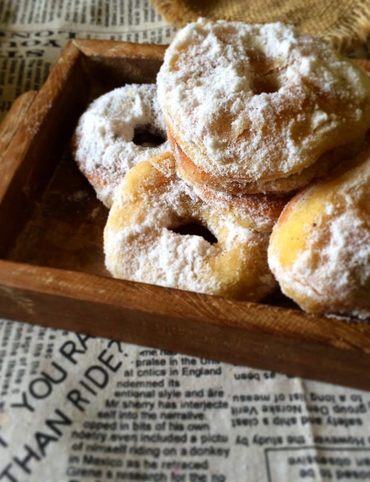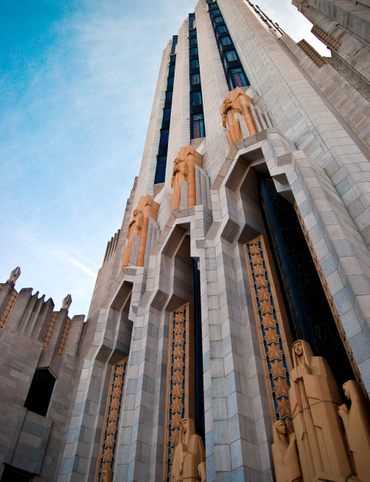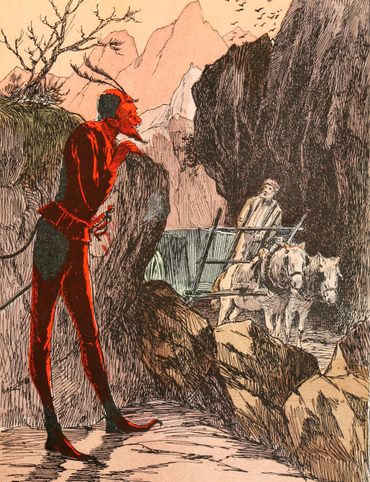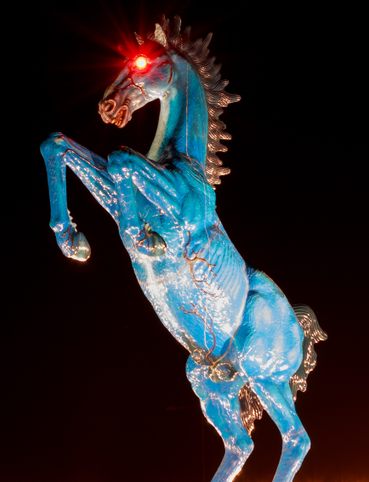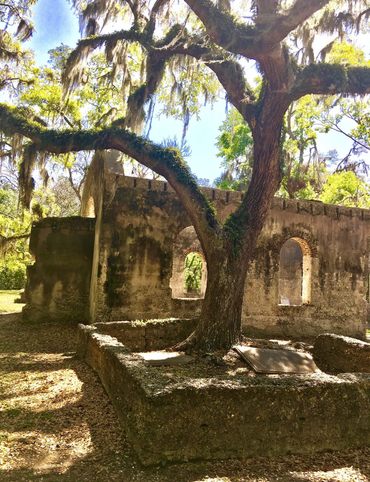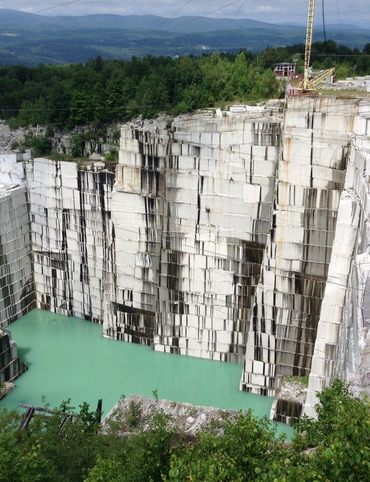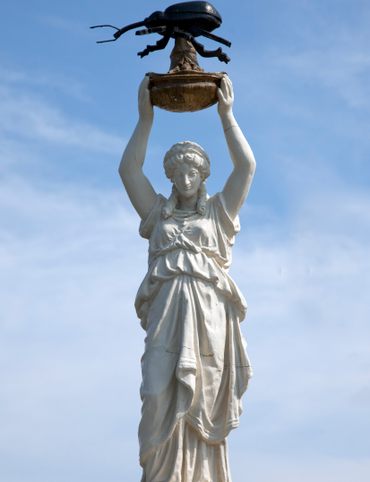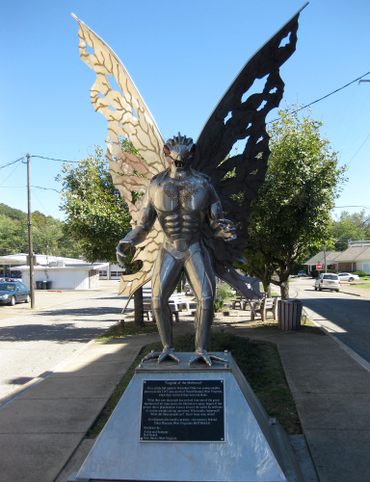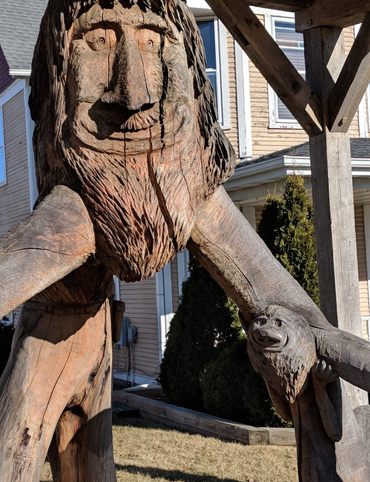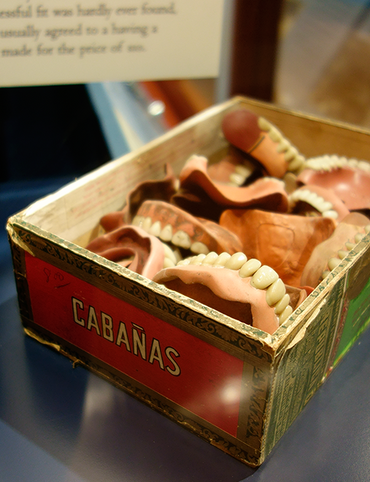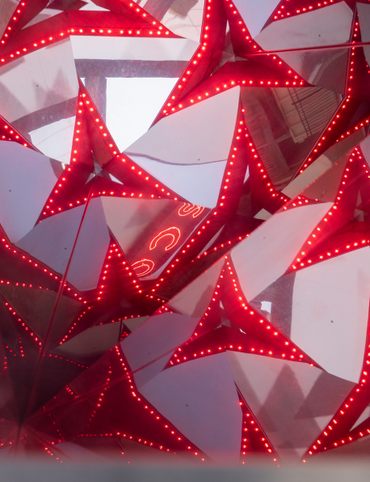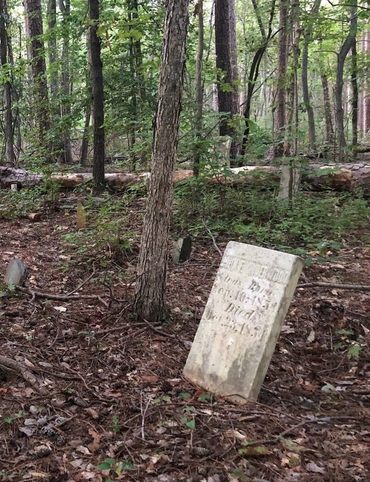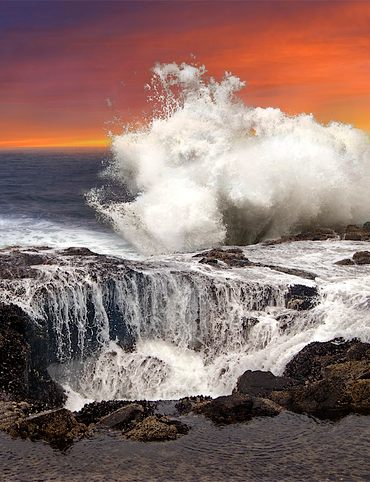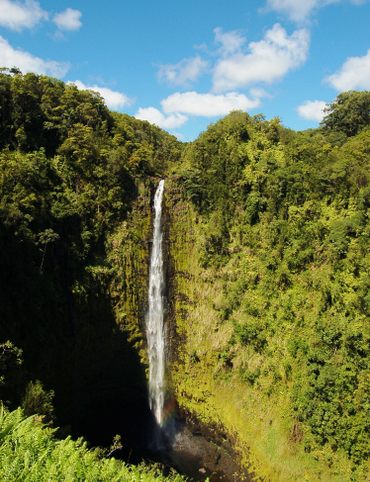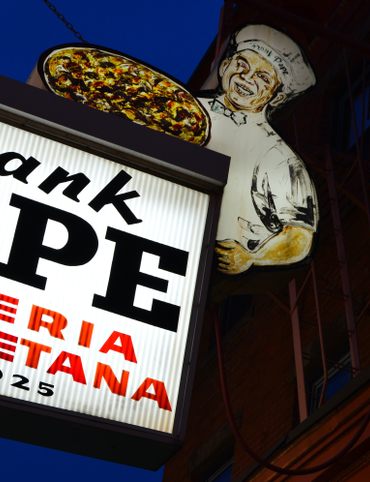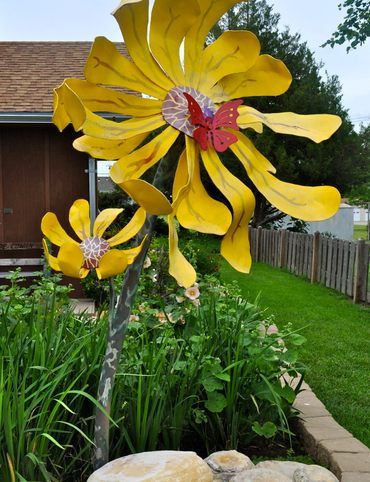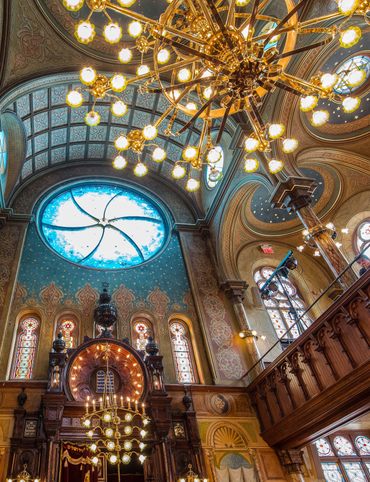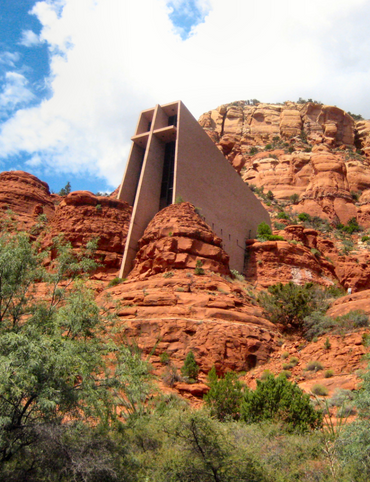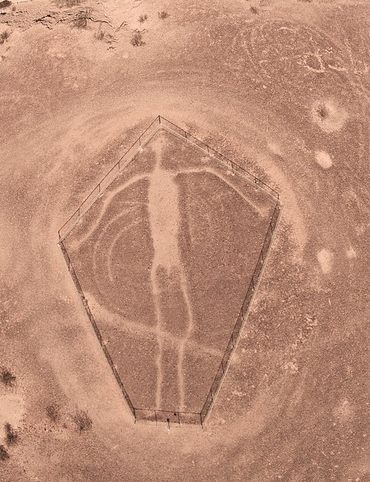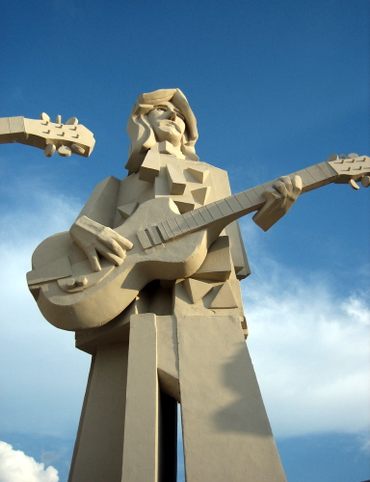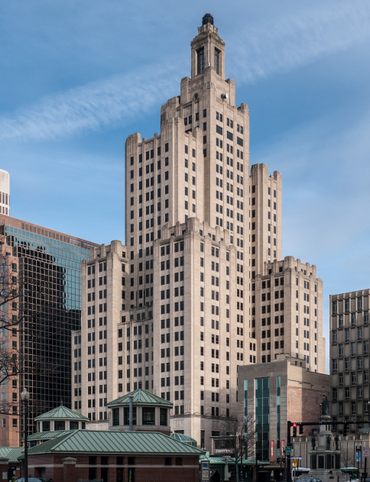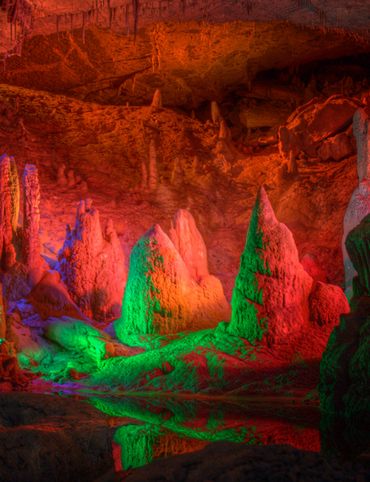50 States of Wonder
8 Places to Get Musical in Minnesota
Two 20th-century musical figures tower over the state of Minnesota: Prince Rogers Nelson and Robert Allen Zimmerman. (That's Prince and Dylan to us mere mortals.) And while the Gopher State definitely celebrates its favorite musical sons, much of the state has a musical bent to it, from a singing beach to a room so devoid of sound is makes a musical madness all its own.

1. Paisley Park
Prince had a huge musical catalogue, and an expansive home-cum-studio: Paisley Park. The 65,000-square-foot building in Chanhassen was opened to the public as a museum shortly after the multi-instrumentalist and singer's untimely death in 2016, and features displays of instruments, artwork, motorcycles, and rare recordings. And, oh yeah, the actual sounds of doves crying. (Read more.)
7801 Audubon Rd, Chanhassen, MN 55317
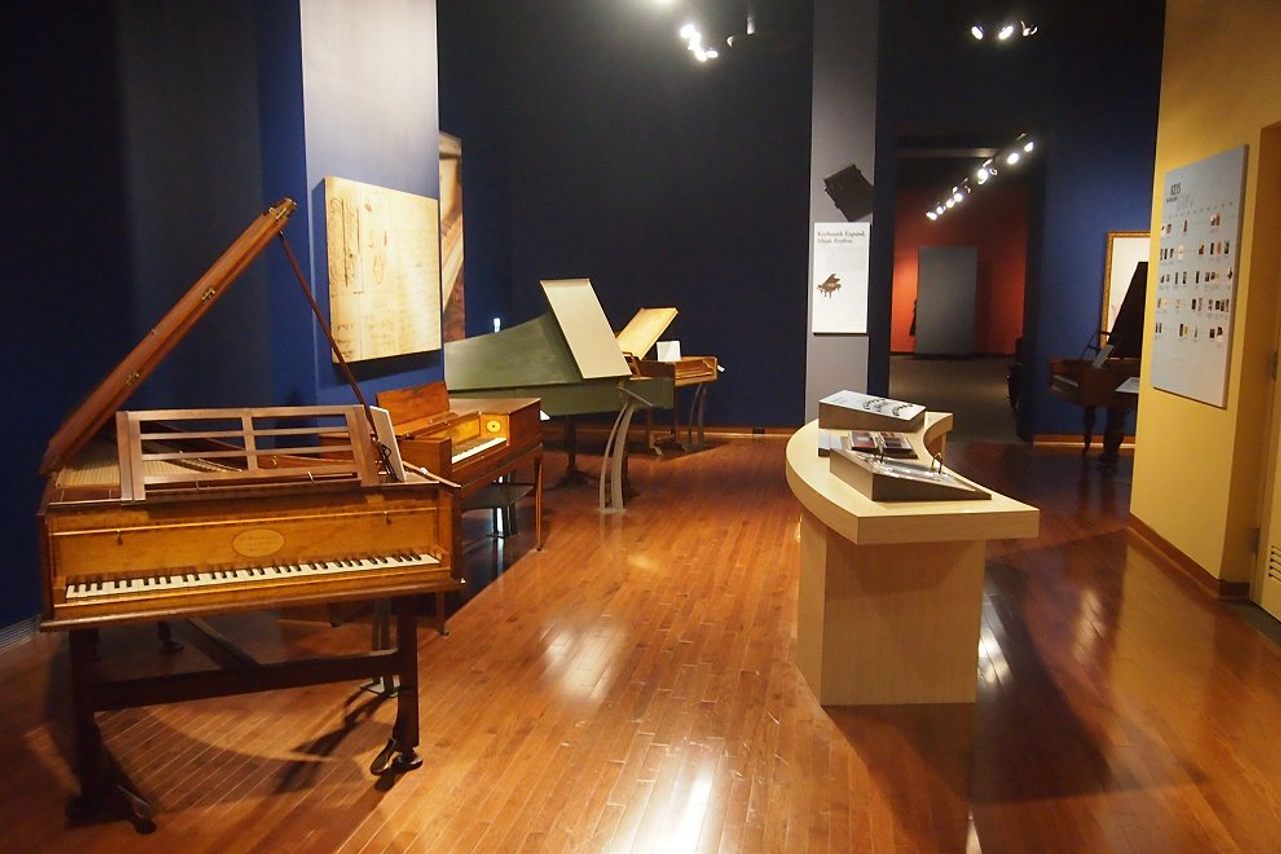
2. Schubert Club Museum of Musical Instruments
On the second floor of the Landmark Center in Saint Paul, historic keyboards and other instruments spanning across centuries, styles, and the globe fill an entire gallery. The Schubert Club Museum of Musical Instruments is a must-see for anyone interested in music history, and there's something there for all the senses. Visitors can play some of the keyboards on display, and phonographs and music boxes from the early 20th century offer an acoustic tour of the past. There’s also an “Innovation Station” where you can tinker with a variety of homemade instruments made from an assortment of unconventional items. (Read more.)
75 W 5th St, St Paul, MN 55102
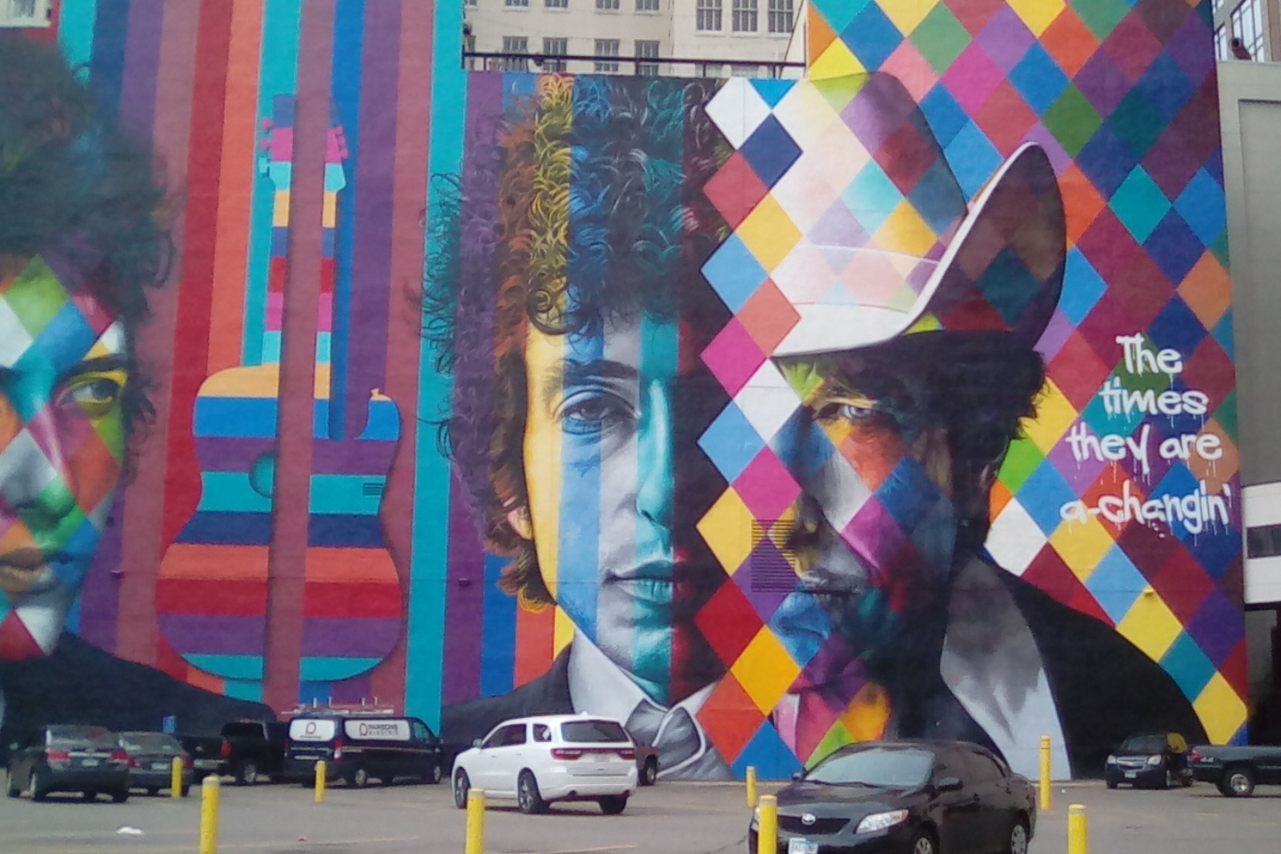
3. The Times They Are A-Changin'
This magnificent mural in Minneapolis shows the musical icon Bob Dylan during three stages of his life: as a young troubadour, a bit older, and then as an elder statesman in what’s now considered his trademark hat. Some speculate the work also gives a possible nod to the acoustic versus electric guitar controversy, when his switch to rock was met by outrage from fans of his more folk-oriented work. The eye-catching mural is the work of renowned Brazilian street artist Eduardo Kobra. (Read more.)
15 S 5th St, Minneapolis, MN 55402

4. Iona's Beach
Iona's Beach is a hidden gem where, instead of silky, golden sand, there are smooth, pink rocks—and if you listen at the right moment, they sing. As waves roll in and the stones resettle, they tinkle softly like millions of little bells. (Read more.)
MN 55616
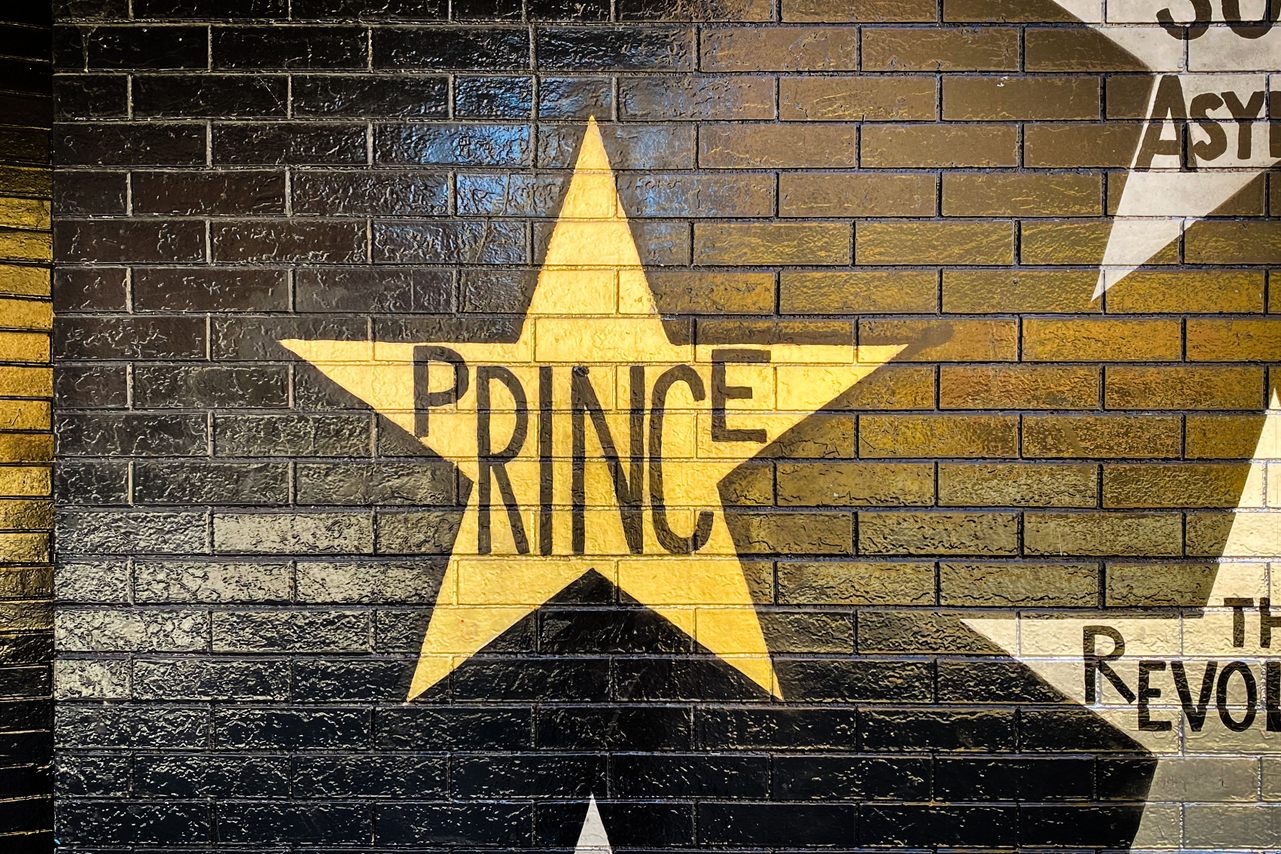
5. Prince's Star at First Avenue
The iconic Minneapolis concert venue First Avenue has hosted thousands of musical artists since its opening in 1970, but none is more profoundly intertwined with the club's legacy than Prince. The venue was called Sam’s when he first took the stage on March 9, 1981. Within a couple years, the Purple One was a worldwide celebrity. Prince loved the club so much that he bought out the main room for a month to shoot Purple Rain, which cemented the club’s fame. After the film’s release, the club—then called First Avenue—painted its black exterior walls with bright, silver stars commemorating key artists who had played there. Prince’s star went up near the main entrance. After Prince’s death in 2016, a mystery emerged: Who painted Prince’s First Avenue star gold? (Read more.)
701 N 1st Ave, Minneapolis, MN 55403
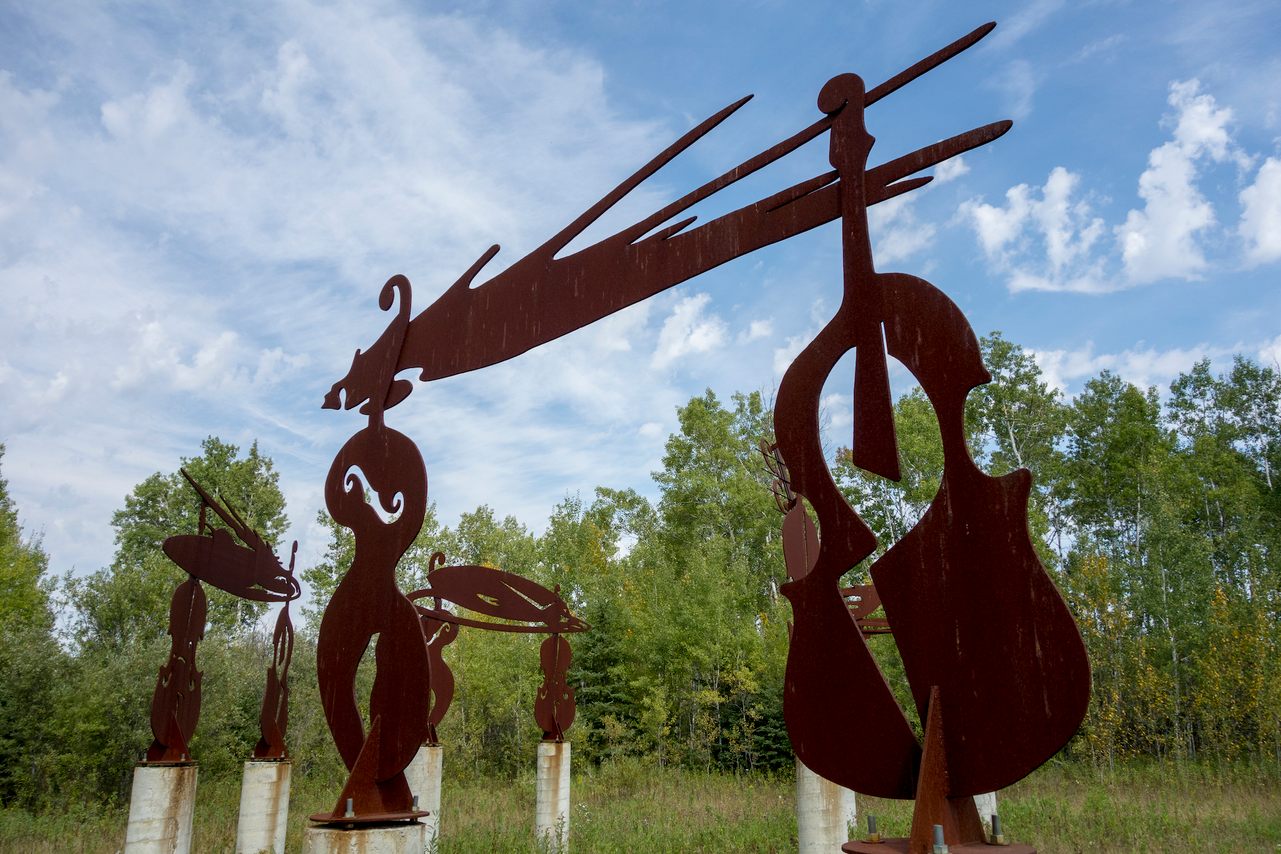
6. Basshenge
In 2001, Chicago Symphony double bassist Joseph Guastafeste collaborated with artists to create this monument to the double bass off of Highway 11. Viewed from above, the spiral of sculptures even forms a bass clef. There are 21 basses in total, and pairs of basses around the outside circle are connected by metal crosspieces that represent virtues such as patience, love, and brotherhood. (Read more.)
9832-9940, MN-11, Baudette, MN 56623

7. Grave of Callum DeVillier
Minneapolis’s Lakewood Cemetery is the eternal resting place for many of the city’s most well-known names, and among them is a lesser-known name with a surprising distinction: “DeVillier,” reads a pale red tombstone, “World Champion Marathon Dancer. 3780 Continuous Hours.” In June 1933, after dancing for over five months, Callum DeVillier and his partner, Vonnie Kuchinski, were the last contestants standing at a Massachusetts dance contest. During the Great Depression, dance marathons were an exploitative entertainment racket that dominated dance halls and auditoriums in towns and cities across the United States. (The reward for this five-month slog was $1,000.) The practice was eventually rebranded as a “walkathon,” presaging today’s common fundraising events. (Read more.)
3600 Hennepin Ave, Minneapolis, MN 55408

8. Orfield Labs Quiet Chamber
Orfield Laboratories in South Minneapolis is the home of a space that was once dubbed “the quietest place on Earth” by Guinness World Records. (As of 2015, that title now belongs to a quiet room developed by Microsoft in Washington State.) The lab is called an anechoic chamber, meaning there is no echo, as the room absorbs 99.99 percent of sound. It is used by various manufacturers to test product volume and sound quality. A typical quiet bedroom at night measures about 30 decibels; this chamber measures -9 decibels. Members of the public must book a tour to visit the room, and are only allowed in for a short, supervised stay. It's said that longer stays in the room can drive people a little batty. (Read more.)
2709 E 25th St, Minneapolis, MN 55406
